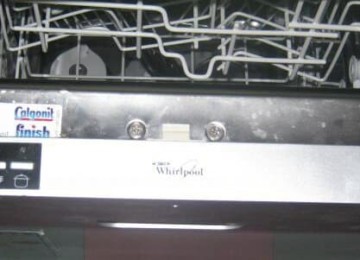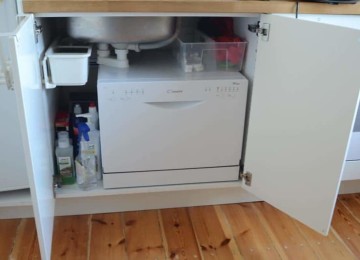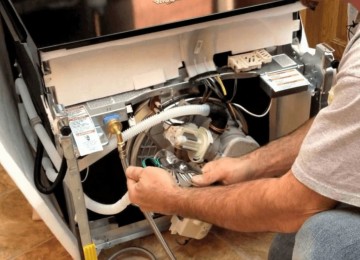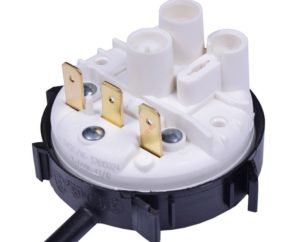 Has your dishwasher malfunctioned? Does the machine not draw or take too much water? There can be one reason - the pressure switch of the dishwasher, which is responsible for adjusting the liquid level and sending a signal to the control board. It is not recommended to ignore the initial signs of a problem, since a harmless sensor failure can result in serious malfunctions.
Has your dishwasher malfunctioned? Does the machine not draw or take too much water? There can be one reason - the pressure switch of the dishwasher, which is responsible for adjusting the liquid level and sending a signal to the control board. It is not recommended to ignore the initial signs of a problem, since a harmless sensor failure can result in serious malfunctions.
Types of water level sensors
Each Dishwasher a well-known brand - Ariston, Electrolux, Samsung, Bosch or Indesit - is equipped with a sensor that monitors the water level. The element is important, because various operating modes of such equipment require a certain amount of liquid.
According to the principle of operation, pressure switches are divided into two types:
- mechanical – such a sensor structurally consists of a relay and a switch;
- electronic – All the work of monitoring water and sending signals is done by the board.
Signs of failure of the sensor that controls the water level
How can you recognize what's in your dishwasher? sensor failedresponsible for the liquid level? You will have to carefully monitor the water entering the dishwasher. Certain signs will indicate a malfunction:
- the water level inside the washing compartment will be either lower or higher than the established norm;
- it happens that no water is taken at all;
- the dishwasher collects excess water, which begins to go down the drain;
- During the operating cycle, the dishwasher may stop and water pumping will not begin.
Main causes of failure
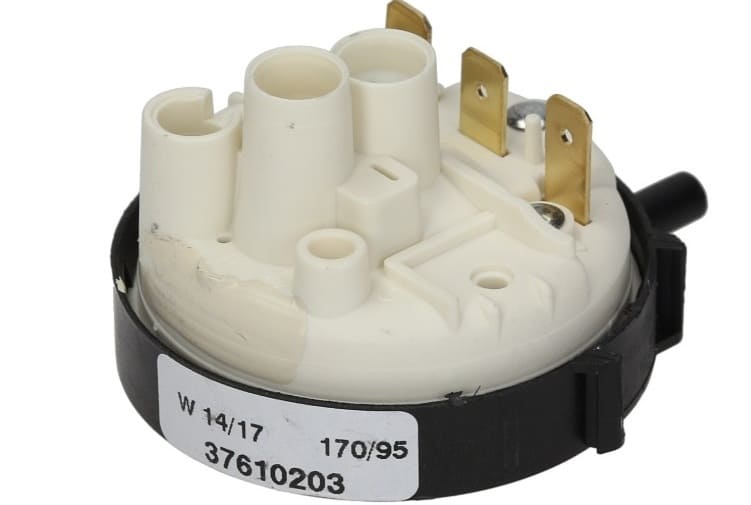
These include:
- wear of the pressure switch from a long operating period;
- oxidation, appeared on the device contacts;
- pressure switch defects – punctures in the tube, due to which air escapes and the pressure weakens, preventing the pressure switch from operating normally;
- blocked pipes. The pressure inside them is so low that the cause of its failure can be food waste or detergent residues that get inside.
Algorithm for replacing the pressure switch
To replace a faulty part with a new analogue, you should check the pressure switch for functionality. First of all, you need to clarify where the pressure switch is located in your dishwasher and ensure normal access to it. Usually, this sensor located at the bottom of the dishwasher (typical for Bosch, Ariston, Electrolux).
We perform the following actions:
- all communication lines are turned off - water supply, electrical network, sewerage;
- The dishwasher is turned upside down or placed on its side.Residual water may spill on the floor. So it is recommended to lay out a cloth first;
- Some dishwashers have special covers on the bottom that can be removed. Maybe, will have to be dismantled back of the case;
- we find the pressure switch. A tube connects from it to the pressure container (small plastic box);
- using pliers, carefully disconnect the tube from the tank, after which we dismantle it too to check everything for clogging;
- To check the functionality of the sensor, simply blow into the tube, listening carefully. If you hear a click, the sensor is in good condition;
- The electrical component of the pressure switch is checked with a multimeter. If the resistance moves smoothly to zero, the sensor is in perfect order;
- If a malfunction is detected, the sensor is changed completely, since there is no point in repairing it. In dishwashers from different manufacturers, pressure switches have differences, so you will have to purchase similar elements;
- Upon completion of all actions, the assembly of the dishwashing equipment is carried out in the reverse order, after which a test run of the unit is carried out.
Conclusion
As you can see, replacing a faulty one The pressure switch in dishwashers is not particularly difficult. All that is required for this is to know the design features of your dish washing machine. If you have doubts about your own abilities, you can invite a service center specialist to help. Sometimes it happens that along with the water sensor, the pump also breaks down, replacing which will cost more, but is quite feasible on your own.






